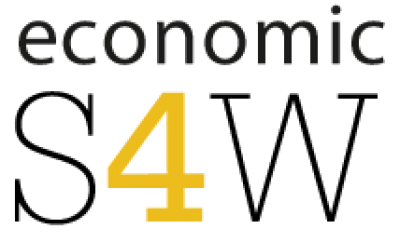Women’s Financial Marathon to $urvival
Younger women (under 45 years of age) stated a lack of expectation that there would be any pension available to them at the time of retirement and yet identified that they would not have enough money to cope with their anticipated living expenses. They also held a strong belief that there would be a definite reduction in their living standards when they reached later life.
Past Work
S4W identified superannuation as a significant issue for women in early 2004. S4W organised a series of activities and consultations to determine what the issues were and how they might be tackled;
S4W held a Superannuation Roundtable in Melbourne in May 2004
S4W held a series of fora in QLD, VIC, SA to establish primary issues for women, including their understanding and management of superannuation
S4W contributed to the development of questions for the ASFA survey of superannuation funds that was reported in Ross Clare’s paper “Why can’t a woman be more like a man – Gender differences in retirement savings”
S4W presented a paper at the ASFA conference in Adelaide in November 2004
S4W conducted a national survey to seek the views and experiences of Australian women in relation to their knowledge, understanding and management of their own superannuation.
To view the report click here
Introduction of the Modular Online Time Use Survey (MOTUS)
Show you support – A Time Use Survey: the why, the who, the need, the when and the how.
#EPD2017 support women in sport
Women in all sports have been fighting for a decade for a level playing field – equal pay for equal value. So are we. How did they get this far and what does it mean for women playing and leading in sport today?
